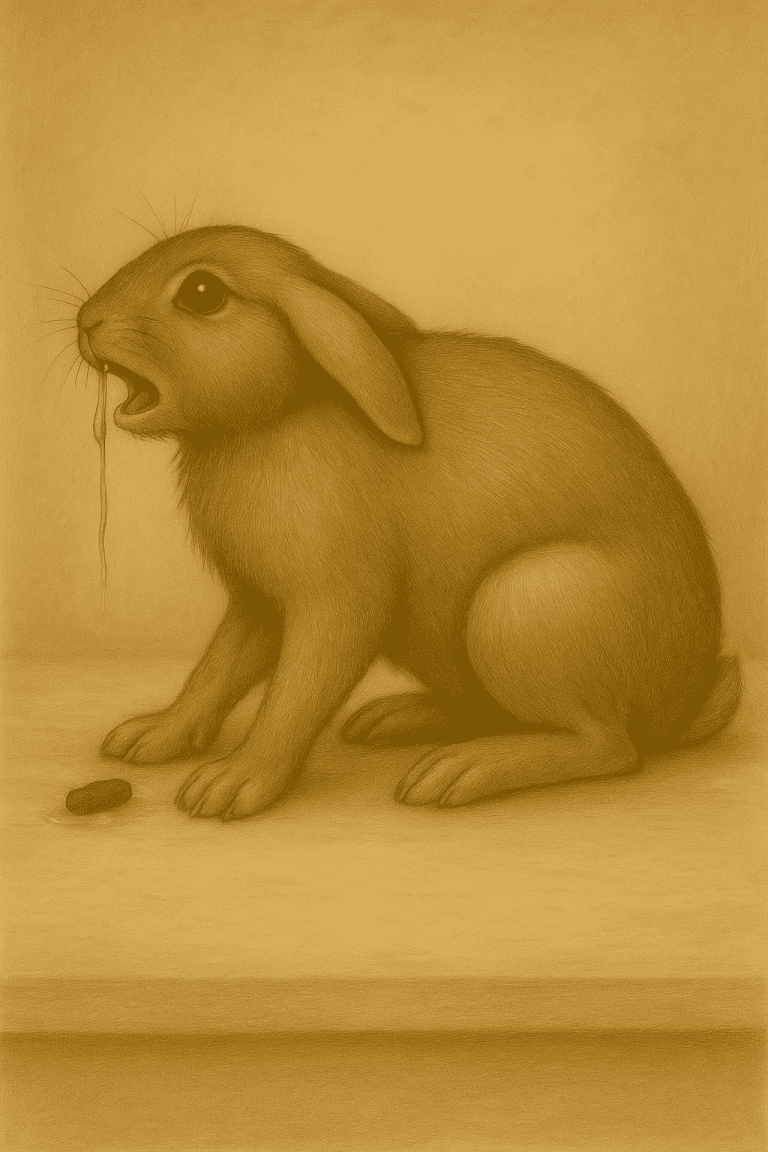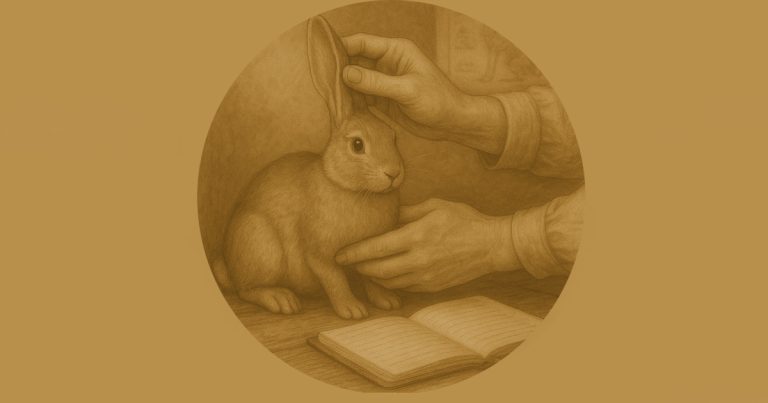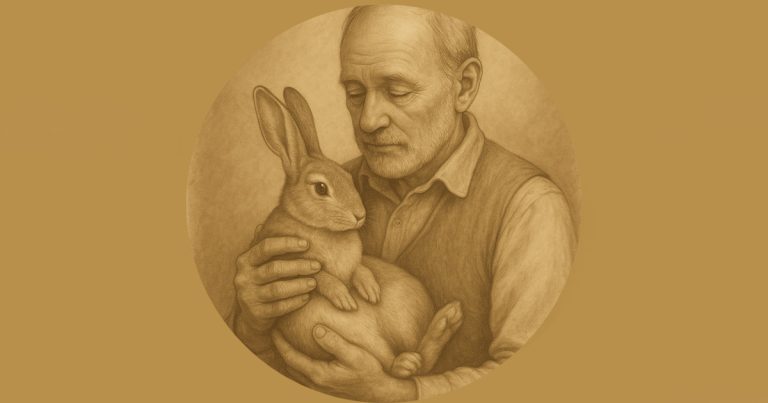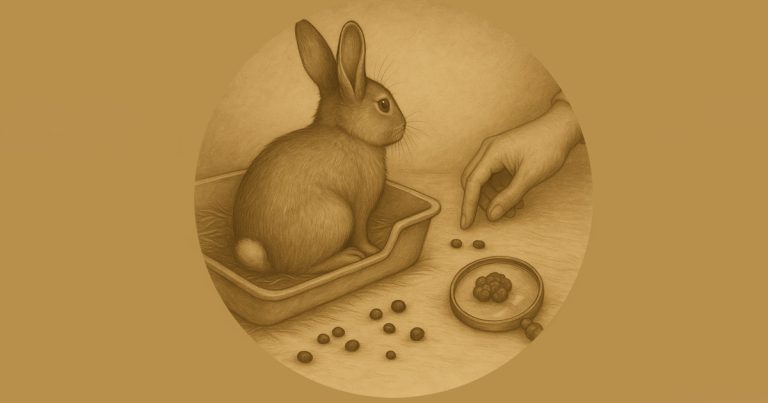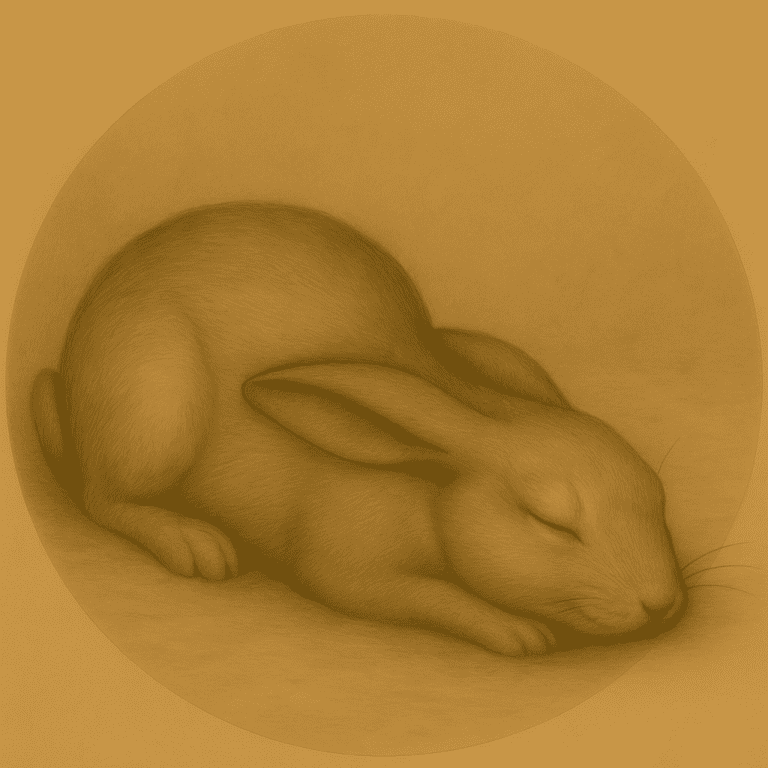Recognising Pain in Rabbits:
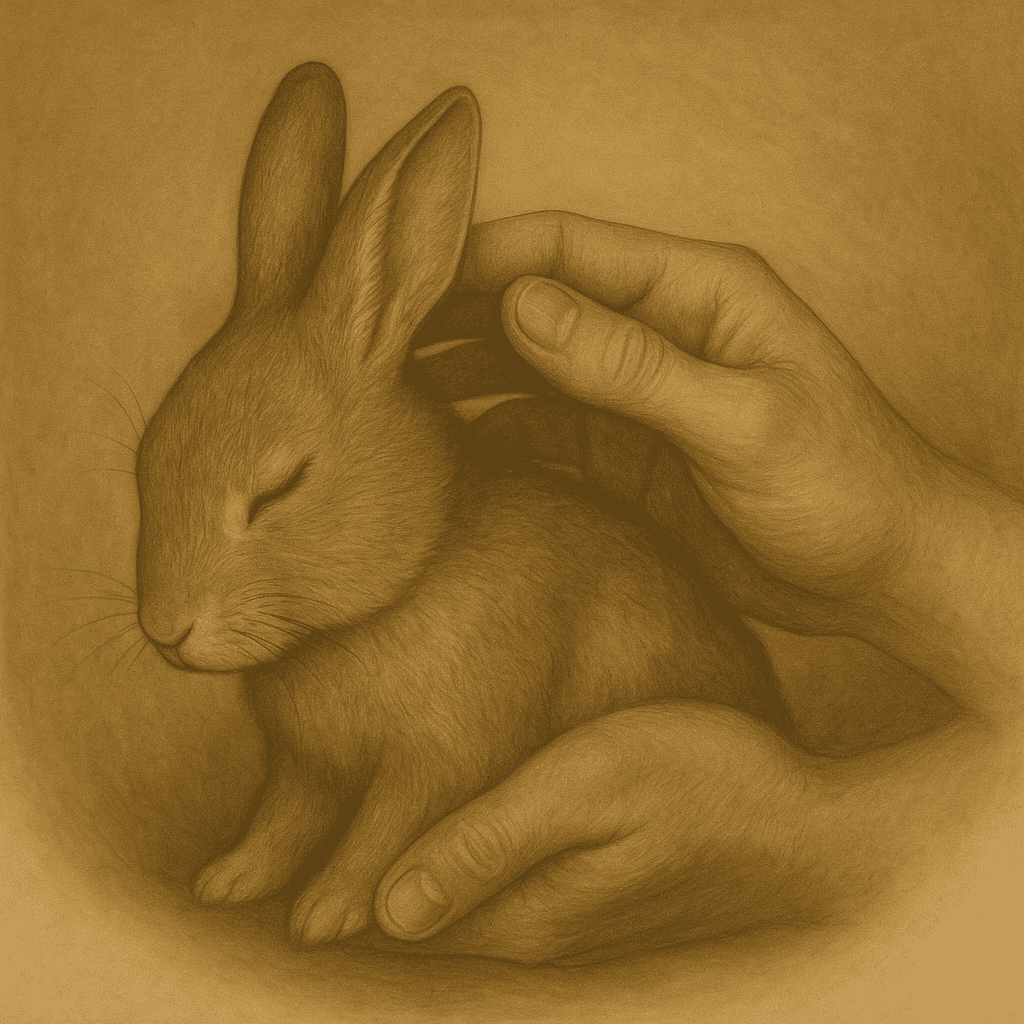
Recognising Pain in Rabbits: They Don’t Scream, They Whisper
Introduction: The Rabbit Pain Myth – Recognising Pain in Rabbits
Recognising Pain in Rabbits
Yes — rabbits can scream. But it’s not what you think.
Recognising Pain in Rabbits – It’s not the cry of a sore paw or a bruised back. It’s the scream of pure terror. And if you’ve ever heard it — that sharp, soul-piercing noise — you’ll never forget it. Neither will any animal within earshot, because no matter the species, they all seem to know exactly what it means.
But pain? Pain is different. Pain is quiet. One of the most dangerous lies in rabbit care is this: “They look fine.”
Rabbits don’t cry, limp, or whimper like dogs. They don’t yowl or lick a wound like cats. They hide it—deeply, silently.
By the time a rabbit looks like it’s in pain, it’s often in serious trouble. And sadly, many are lost not because help wasn’t available, but because their pain wasn’t seen.
At Redbeck, we’ve learnt to listen for the whispers—because rabbits rarely shout.
Why Rabbits Hide Pain
Pain in prey animals is a liability. In the wild, it marks them for death. So rabbits evolved to mask pain entirely.
That instinct hasn’t changed just because they now live in hutches or homes. Even bonded rabbits don’t always comfort each other—instinct tells them to avoid the weak.
Owners often say:
- “They’re still eating.”
- “They seem a bit quiet, that’s all.”
- “They’re not flinching or crying.”
But a rabbit can be eating and in agony. They can look calm while their gut has shut down. They can be dying with their eyes wide open.
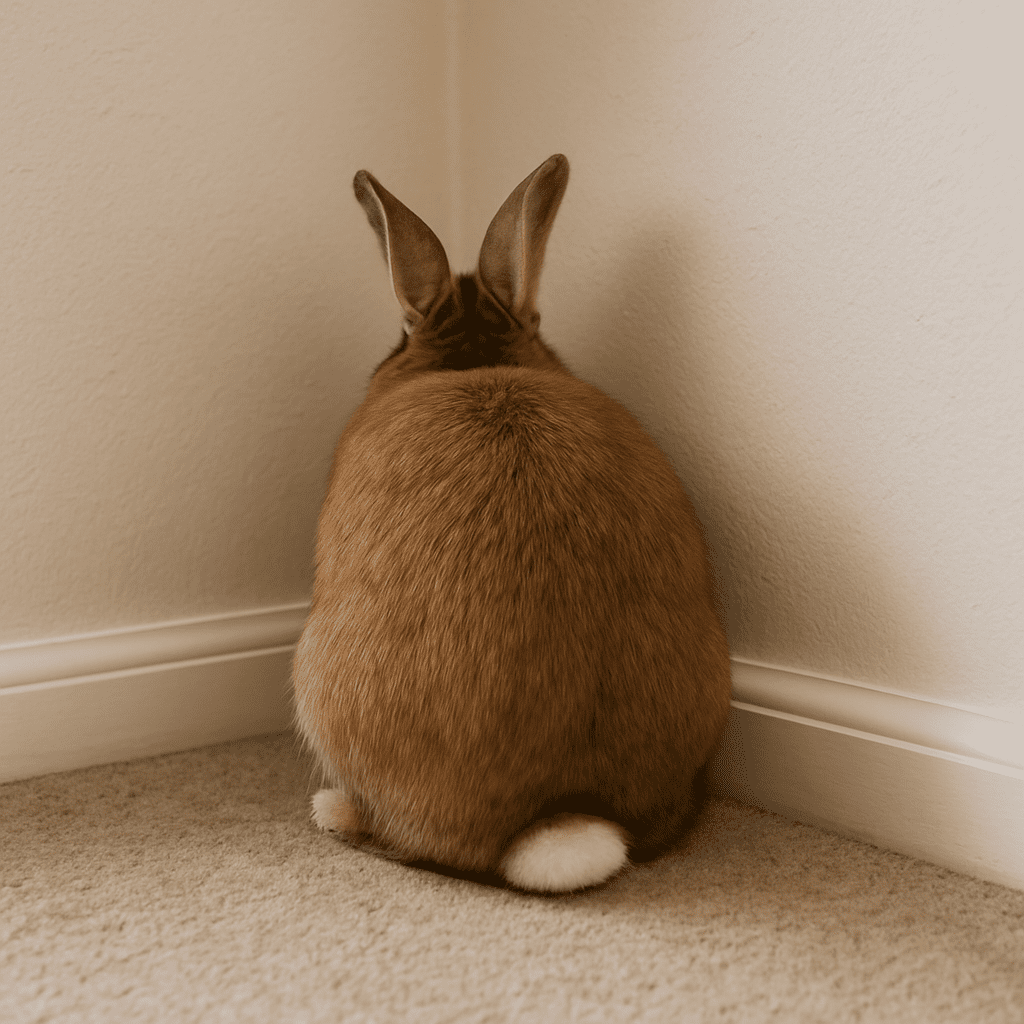
Subtle Signs You Might Miss
Here are the real-world signs of pain we’ve learnt to trust:
- Change in posture – Slightly hunched, not stretching out
- Subdued behaviour – Less reactive, slower to approach
- Tooth grinding – Quiet, rhythmic grinding (a red flag, not to be confused with loud purring)
- Change in grooming – Fur becomes dull; ears or back uncleaned
- Head lowered, ears drawn back – Especially when resting
- Avoiding usual positions – No flops; always crouched or tense
- Reluctance to move – Staying still, avoiding interaction
- Soft or reduced poos – Gut slowdown, even if still nibbling
Pain doesn’t arrive loudly. It creeps in. And if you’re not watching, you’ll miss it.
The Cost of Getting It Wrong
When people say, “They’re still eating,” what they often mean is, “I don’t see pain, so I’m not acting.”
That hesitation kills rabbits.
Pain delays the gut. It triggers stasis. It masks deeper issues like EC or Coxi. By the time it’s undeniable, you’re fighting for survival.
We’ve seen owners wait too long, thinking they were doing the right thing by staying calm. We’ve also seen rabbits bounce back because someone noticed a twitch, a change, a stillness—and acted.
Pain in rabbits isn’t about drama. It’s about patterns. It’s about presence. It’s about small changes that whisper, not scream.
Yes — Pain Can Be Measured
Here’s something many don’t know: Pain can be detected in bloodwork.
Veterinary teams often check glucose levels when they suspect discomfort.
Pain and stress cause physiological changes. One of them is raised blood sugar—even in healthy, non-diabetic rabbits. It’s not always conclusive, but it can support what an experienced eye already suspects.
So while you can’t “test for pain” directly, there are biological markers that back it up—if you catch them in time.
The Redbeck Rule
At Redbeck, we don’t wait for cries. We don’t wait for collapse. We don’t wait for lab reports.
If a rabbit is:
- Sitting funny
- Moving differently
- Less responsive
- Just a little off
We assume pain and act.
Pain relief and gut stimulant — together. Always. Every time.
We treat first. Then we seek medical advice.
Because the earlier you act, the better the outcome.
Final Note: If in Doubt, Treat
When you feel a headache coming on, you don’t wait for a scan. You take paracetamol.
We do exactly the same with rabbits — just with their version of pain relief and gut support.
At Redbeck, we don’t wait for confirmation. We trust what we see. And we move.
If it’s not pain? No harm done. If it is? You’ve given that rabbit a fighting chance.
Don’t wait for permission to protect your rabbit. Trust your eyes. Use your instinct. And if in doubt, treat.
Further Reading and References:
- Bunny Lady – What is a Rabbit Hunched Position?
Clear explanation of hunched posture, signs of pain, and what to watch for. - Veterinary Emergency Group – 6 Signs of a Bunny in Pain
Vet-reviewed overview of common signs of pain, including hunched posture and changes in behaviour. - House Rabbit Society – Illness in Rabbits
A trusted guide covering subtle signs of discomfort, including body posture and tooth grinding. - LafeberVet – Pain Management in Rabbits
Clinical guidance for vets, but valuable for experienced owners looking to understand treatment standards. - Best Friends Animal Society – Common Signs of a Sick Rabbit
Practical advice for recognising early indicators of illness in pet rabbits.
Copyright © Redbeck Rabbit Boarding. This article is free to share with credit. No part may be copied, edited, or republished without permission.

